Currently, medicine has reached such a level that properly selected drugs can deal with any type of fungus. But many people do not believe in science and prefer to treat toenail fungus with folk remedies. And they do it wrong: illiterate treatment does not destroy pathogens, at best it slightly slows their growth.
If you want to use the methods of traditional medicine at home, they should be used only as a supplement to complex therapy and only after consultation with a doctor.
Characteristics of fungi

The difficulty in treating foot fungus is that there are several thousand species of these pathogenic organisms in the world, many of which can successfully live and develop on human skin.Fungal spores are very persistent, they quickly take root in the epidermis, penetrating the deep layers of the skin, they can only be destroyed with drugs designed for their type.In addition, the treatment cannot be interrupted until the pathogens are completely destroyed: if even one spore survives, the probability of relapse is high.
Therefore, it is not enough to go to the doctor, you must also undergo tests that will determine the type of foot fungus. Only in this case, the doctor can prescribe the right treatment: even effective drugs for foot fungus will be ineffective if they are designed to destroy another type of pathogen, and the fight will last for many years.
These times can be significantly reduced if you find the foot fungus in time and immediately start treating it at home: in this case, the fungus can be destroyed within two months. Although the disease develops quickly, it leaves time to detect and take countermeasures. That is why it is very important to know what symptoms signaling the development of fungus, you should pay attention to.
Symptoms of the disease
In the initial stage, when the fungus affects only the feet and toes, peeling and redness are observed in the places where they managed to attach. After a while, these areas start to itch and itch, and sometimes small watery blisters may appear. These symptoms should not be ignored: you should see a doctor immediately. With proper treatment, foot fungus can be permanently eliminated within two months with the help of antifungal creams and antifungal varnishes.
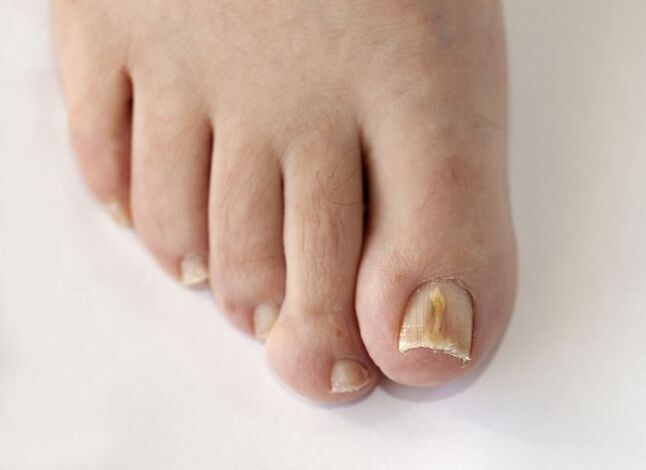
If the moment is missed and the disease is not treated, the next stage will be damage to the nail, the color of which will begin to gradually change and eventually turn yellow, green or even black, after which it will begin to peel, fall apart andmoves away from the finger. In this case, you cannot use simple ointments for treatment and you must take time to treat the nail plate.
This means that the nail must be cut almost to the root and the upper layer of the affected plate must be filed, after which it is necessary to apply an antifungal varnish to the nail, which, after penetrating the plate, will begin to destroy the fungal spores. When this varnish dries, it blocks the access of air to the fungus, which the pathogens need for normal development.
If you miss this moment and do not start treating foot fungus in time, longitudinal or wavy lines appear on the nail plate, the nail bends and changes its shape. At this stage, it is most difficult to treat the fungus, and therefore it is necessary not only to apply cream and varnish to the skin, but also to take pills that can cause problems in the digestive system.
Such treatment is necessary, because the fungus tends not only to spread on the skin of the feet, capturing more and more new areas, but also its toxins, entering the blood, negatively affect the functioning of many organs and systems.
Vinegar baths
Traditional medicine can also help fight the disease. But they must be used wisely, otherwise they can cause harm. Traditional methods can be used effectively in preparing the feet for drug treatment. First of all, this applies to baths: before applying ointment or varnish, the skin of the legs should be steamed and the flaky scales should be removed as much as possible using a pumice stone.
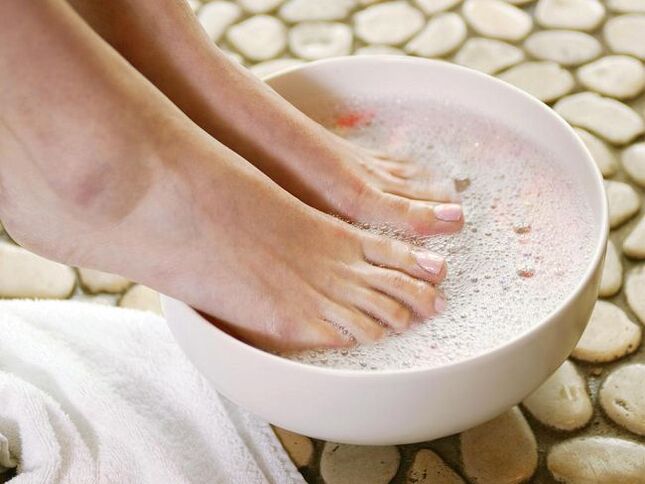
This will allow therapeutic agents to better penetrate the skin and have a more effective effect on the fungus. To make them disappear more effectively, many reviews advise applying salicylic petroleum jelly to the affected areas twice a day.
The simplest, but according to reviews, a very effective folk method is a bath with vinegar: the acidic environment negatively affects the fungal spores and they die. To use this method, according to the recipe, you need to mix a 9% solution of vinegar with very warm water in a ratio of one to eight (for men who have rougher skin on the feet and thicker nails, you can use three to eight), then dip your feet in the water. Steam for about ten to fifteen minutes, then start treating the skin.
To treat foot fungus at home, you can choose a different sequence: first simply steam your feet, cut off the affected skin as much as possible without injuring it, and only then immerse your feet in a vinegar solution. At the end of the procedure, wipe your feet dry and apply the medicine (ointment and varnish).
For a more effective result, you can make a bath with vinegar and turmeric. To do this, pour two tablespoons of celandine with water, boil for about 15 minutes, let it boil, add vinegar before steaming your feet.
Other uses of vinegar
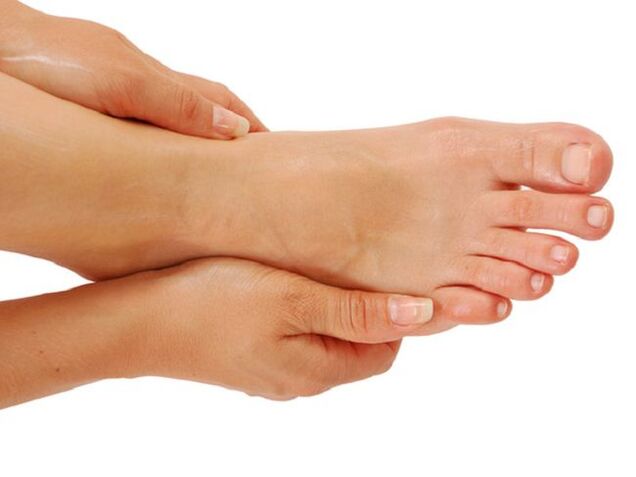
You can use vinegar to treat toenail fungus at home using another method. If it suddenly turns out that the fungus ointment has suddenly run out and there is no way to get it, you can prepare a medicine based on it. This is necessary so that the fungal spores do not feel "free" and become active again. It is true that this is not a panacea, so at the first opportunity you should buy the medicine prescribed by your doctor.
To prepare a medicine for the treatment of fungus, you can use the following recipe: mix a teaspoon of vegetable oil with the same amount of vinegar, add the antifungal medicine ortho-phthalic acid dimethyl ester, mix and apply to the affected skin. Then wrap your feet in nylon, put on clean socks, and eventually the product should absorb into the skin.
You can make a compress in another way: mix three egg whites or one tablespoon of glycerin with two large spoons of vodka and 70% vinegar in the same amount as vodka. After steaming and processing the feet, soak cotton wool in the product, apply to the affected skin of the feet and wrap with polyethylene. Leave for no more than half an hour, as the product is very concentrated. For the same reason, the method cannot be used in the presence of small cracks.
The benefits of propolis
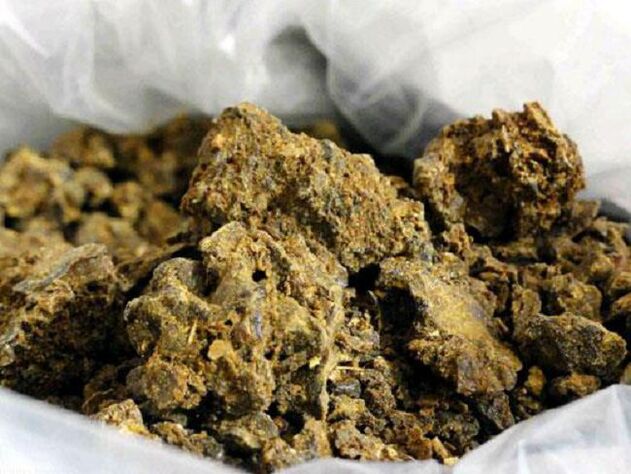
Many claim that they were able to get rid of the fungus at home thanks to an alcohol tincture of propolis, which is considered a natural antibiotic and has fungicidal, bactericidal and bacteriostatic properties. Propolis is able to relieve itching, stop the inflammatory process and prevent fungi from infecting healthy areas of the skin.
To prepare an alcohol tincture yourself, you need to mix 20 g of propolis with 80 ml of medical alcohol and let it brew for a week. To treat foot fungus with propolis, you need to apply a cotton swab soaked in propolis tincture to the affected skin every day, securing it with a bandage. This should be done several times throughout the day.
Ointment with propolis helps to get rid of the fungus. To do this, melt 100 g of any fat (butter, petroleum jelly, lard or fish oil) in a water bath, add 30 g of crushed propolis and cook over low heat, stirring for about half an hour. Strain and apply to the skin in the evening after steaming your feet (optional and more often). Store in refrigerator.
Iodine and garlic
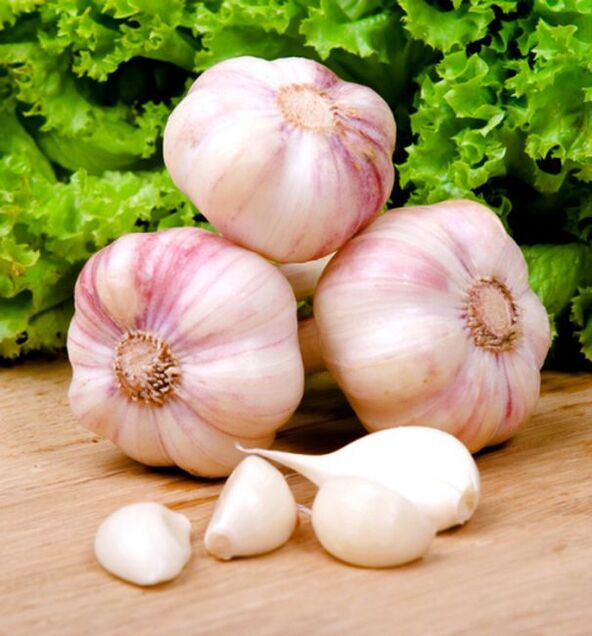
Another effective way to treat foot fungus at home is a 5% iodine solution. It can be used if for some reason an antifungal varnish cannot be obtained. It is not an equivalent substitute, but it is able to stop and even destroy fungal spores. That is why it is better to buy an antifungal varnish as soon as possible (if only because iodine is not able to harden and block the access of air to fungal spores).
To apply iodine, you need to carefully treat the affected nails once a day for two weeks.Before doing this, be sure to process the surface of the nail with a nail file so that the iodine has the opportunity to penetrate deeper into the plate. When using this method, it is necessary to take into account that during the procedure a burning sensation is possible.
Garlic is good against fungus. It can be used in different ways: not only applied to the skin externally, but also taken internally (this helps to strengthen the immune system). You can prepare garlic according to different recipes.
Compress of porridge will help to cure foot fungus. To use this method, you need to chop a few cloves of garlic in a garlic press or grate them on a fine grater. Then apply the paste to the nail, being careful not to touch the skin, secure with a bandage in two or three layers, wrap with cellophane and put on cotton socks. You need to make a garlic compress at night, remove it in the morning, wash your feet under running water, apply an antifungal cream and, if necessary, varnish.
If you don't want to make an anti-fungal compress at night, you can apply the paste to your nails after steaming and cleaning them. Keep it for 10-15 minutes until it dries, do not walk during this time. Use this method two to three times a day.
To treat fungus, you can use garlic tincture with alcohol. To do this, mix medical alcohol, squeezed garlic juice and water in equal proportions. Leave at least two days, treat the nails twice a day. How long it will take to treat toenail fungus with garlic depends on how early the treatment was started. Also, don't forget to use antifungal ointments and varnishes.
















